Rampant Media Consumption – April 2015
 Here’s what we’ve been checking out this month.
Here’s what we’ve been checking out this month.
Meggyn
Music: Cherry Glazerr, Jacco Gardner, Thee Oh Sees, Wild Nothing, Madlib, King Woman, Acid King, J-Louis, WAND, Meatbodies, Ah-Lahs
Books/Zines: My Complicated Relationship With Food, Middlesex, Crate Digger, Snakepit Gets Old
Film/Shows: The Wolf Of Wall Street, Archer, It Follows, Dear White People
Joe
A BUNCH OF PRETTY THINGS I DID NOT BUY
This is exactly the kind of book Penguin should be publishing: expensive, risky, minimalist, and something that wouldn’t exist in the market with the risk management strategies of indie presses. Seemingly an innocuous book about fluffy consumerism, Sarah Lazarovic’s book about coveting beautiful things goes shockingly in depth about the political ramifications and results of our shopping. She looks at people’s tendencies to hoard, where the clothes are manufactured, the equation of identity with brands and fashion, and how we sometimes find ourselves buying things that we don’t even love. She grew up in suburban Florida, miles from the “good mall” where she carved out who she was before abandoning its synthetic smells for her local thrift store and a game of seeing how many rayon dresses she could obtain for a crisp twenty dollar bill. By the end she is living in Ontario and is now an adult, making much more informed choices about where her products come from and not needing to own all of the ones that she admires. It’s a fabulous treatise on shopping, an indulgently joyous book to read, and surprisingly political with plenty of social commentary. Even when I didn’t agree with her conclusions, her ability to engage my cognitive thinking was a breath of fresh air.
Elly
I wasn’t feeling well at the beginning of the month, so I lay on the couch and watched a few Studio Ghibli movies I’d never seen before. Princess Mononoke was perfectly entertaining, kind of heavy-handed but so it goes. I was much more enchanted with The Secret World of Arriety and Howl’s Moving Castle—probably because they’re both based on books of my childhood.
Then I started to read Snow Crash. It was an exciting dystopian ride through the “loglo” (that’s what lights up the future when it has turned into one giant strip mall). The story was engaging and grappling with ideas about sexism and racism in interesting ways, and I enjoyed it immensely right up until about halfway through when it turned into a long, rambling treatise about an ancient Sumerian language and the Tower of Babel and a good goddess and a bad goddess and I don’t even know what else. It started to feel like that time I was at a party and a guy wouldn’t stop until he’d explained to me his entire made-up theory of pre-history and why it justified all sorts of messed up things about gender relations and so forth. I think the book’ll get better, but can I stick it out ’til it does is another question. It’s a huge book; if you don’t want to commit to reading it yourself here’s a review that’s almost as long.
Erik
First and foremost, I want to share something that maybe many of you are familiar with, but I found this worthy of remembrance. I could try and describe what it is you’re looking at, but I’m still speechless.
I managed to get a little reading in, the recreational kind. Bel Ami, the second novel by French author Guy de Maupassant. Originally published in 1885, it’s accoladed as his finest work, and perhaps timeless is a good way to put it. Everyone knows a scoundrel, the world is full of them and although times have changed, the scoundrel has remained, more or less the same. This story follows one such person as they climb the Parisian social ladder and manipulate themselves into a prominent position at a forerunning newspaper. Full of the typical balances of love, wealth, strife, and dueling, Bel Ami is an engaging and quick read for those looking to familiarize themselves with the methods of the cheat, scoundrel, riffraff, reprobate, or otherwise rogue type.
Still well engaged in Champions League soccer. My beloved FC Bayern Munich is on their way to play the juggernaut, FC Barcelona, in the semi-finals. The paring should be the favorited high-octane explosion of talent expected at this level of play. There will be more money in talent on the pitch than the national debt… well almost, but truly, should be high quality.
I normally enjoy, on a dubious level the films by Wes Anderson, mostly as I try not to let my imagination get the better of me. However, this week I finally watched Moonrise Kingdom. As I’m likewise sure many of you who’ve seen this film, I too was reminded of everything that made being a kid great. As a child who spent a great deal of their childhood in the scouts, I felt the best intentions were shown on screen. The adaptation sung the highs and lows with more than enough creativity to carry me away into the best versions of my youthful memories.
I’ve been getting a healthy dose of Fela Kuti, famed for having trademarked the term and musical styling Afro-Beat. I’ve known about and listened to his stuff for years now, but recently I watched the documentary Beware of Mr. Baker, and I’ve since been back it. The film parlays the rugged and controversial history of legendary rock drummer Ginger Baker, best known for his work with the band Cream. Of the many irresistible adventures Mr. Baker embarked, one such was traveling to Africa to play with Fela. They recorded some music together as a demonstration of both of their diversity, although Fela shined through. Felal Kuti, as a side note famously traveled with a musical entourage of 70 people. His group name: Fela Kuti and the Africa 70, is in reference to the population. I’m a big fan of the 1975 album Expensive Shit Expensive Shit.
Nathan
Went to more Powell’s book readings and thought about related books and zines on our own shelves. :o)
Partisans reminded me of The Blue Suitcase.
So You’ve Been Publicly Shamed reminded me of Accounting for Ourselves, Support, and Our Commitment is to Our Communities.
DIY Magic reminded me of Grow, How to Be More Creative, More Often, Austin Kleon’s Show Your Work and Steal Like an Artist, the 75 Tools for Creative Thinking card deck, and Mighty Ugly.
Is Shame Necessary reminded me of The Power of Neighborhood and the Commons, How to Make Trouble and Influence People, Anarchists in the Boardroom, Don’t Leave Your Friends Behind, and everything by CrimethInc.
Dreamland: The Story of America’s New Opiate Epidemic reminded me of Agents & Assets and Whiteout.
And I went to an OMSI Sci-Fi Festival, which reminded me of Bikes in Space volumes one and two, space sharks, Lowriders in Space, and Octavia’s Brood.
Coco
Listening: Jerry Paper’s newest album, an ex-Animal Crossing lovers dream. Perfume Genius, Iceage, and John Coltrane’s Interstellar Space.
Reading: The collected short stories of Lydia Davis, bell hooks’ All About Love, Joan Didion’s Slouching Towards Bethlehem. Also making a third attempt at Gravity’s Rainbow.
Looking at: It Follows- the movie didn’t scare me, but the idea of it did. Tons of stock photos of Komodo dragons for an impromptu art project.
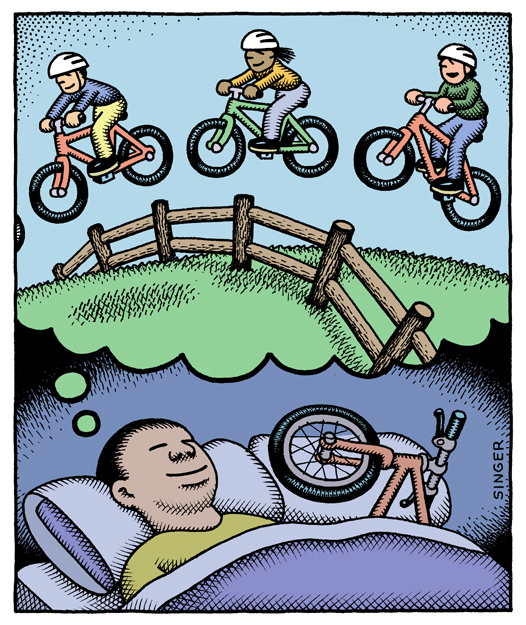 In 2013, we published
In 2013, we published 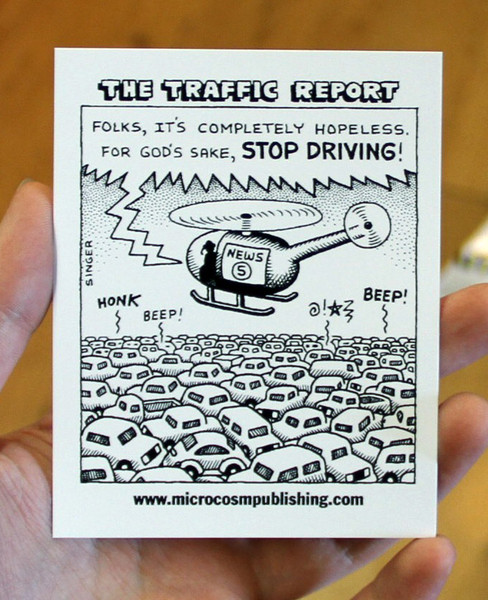 Most people in the US still see bicycles as a sport or something kids do. Do you have a lot of awkward conversations about what your work is actually about?
Most people in the US still see bicycles as a sport or something kids do. Do you have a lot of awkward conversations about what your work is actually about?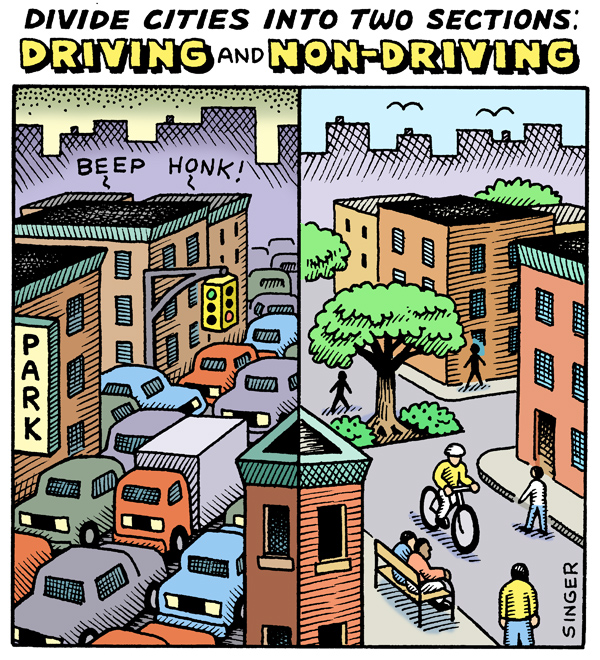 In a globally connected capitalist world, cities and countries are competing for highly skilled labor—programmers, engineers, scientists, etc. To some degree, these people can live anywhere they want. So San Francisco or my current city in Minnesota aren’t just competing with other U.S. cities but are competing with cities in Europe for the best and brightest talent. Polls and statistics show that more and more skilled people want to live in cities that are walkable, bikeable and have good public transit. Also our population is aging and realizing that they don’t want to be trapped in automobile-oriented retirement communities in Florida or the southwest USA. They also want improved walkability and transit. Finally, there’s been an explosion of obesity in the USA with resulting increases in healthcare costs. Many factors contribute to this but increased amounts of driving and a lack of daily exercise are major factors. City, state and business leaders in the US are increasingly aware of all this. It is part of Gil Peñalosa’s “8-80” message (the former parks commissioner of Bogotá, Colombia) and many other leaders.
In a globally connected capitalist world, cities and countries are competing for highly skilled labor—programmers, engineers, scientists, etc. To some degree, these people can live anywhere they want. So San Francisco or my current city in Minnesota aren’t just competing with other U.S. cities but are competing with cities in Europe for the best and brightest talent. Polls and statistics show that more and more skilled people want to live in cities that are walkable, bikeable and have good public transit. Also our population is aging and realizing that they don’t want to be trapped in automobile-oriented retirement communities in Florida or the southwest USA. They also want improved walkability and transit. Finally, there’s been an explosion of obesity in the USA with resulting increases in healthcare costs. Many factors contribute to this but increased amounts of driving and a lack of daily exercise are major factors. City, state and business leaders in the US are increasingly aware of all this. It is part of Gil Peñalosa’s “8-80” message (the former parks commissioner of Bogotá, Colombia) and many other leaders.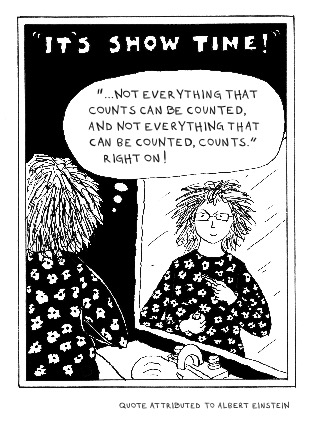 Last month, we felt lucky and stoked to publish
Last month, we felt lucky and stoked to publish 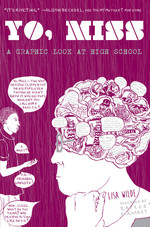 Reading Yo Miss, it was easy to get attached to a lot of the students. Can you share any “where are they now”s with us?
Reading Yo Miss, it was easy to get attached to a lot of the students. Can you share any “where are they now”s with us? My quest to interview all the Microcosm workers about their work and lives and favorite things has finally reached our warehouse manager, Jeff Hayes, who has been here longer than just about anyone else. Instead of a picture of himself, he chose to submit a photo of his recording studio. For an even better picture of the soul of Jeff, check out his staff picks
My quest to interview all the Microcosm workers about their work and lives and favorite things has finally reached our warehouse manager, Jeff Hayes, who has been here longer than just about anyone else. Instead of a picture of himself, he chose to submit a photo of his recording studio. For an even better picture of the soul of Jeff, check out his staff picks 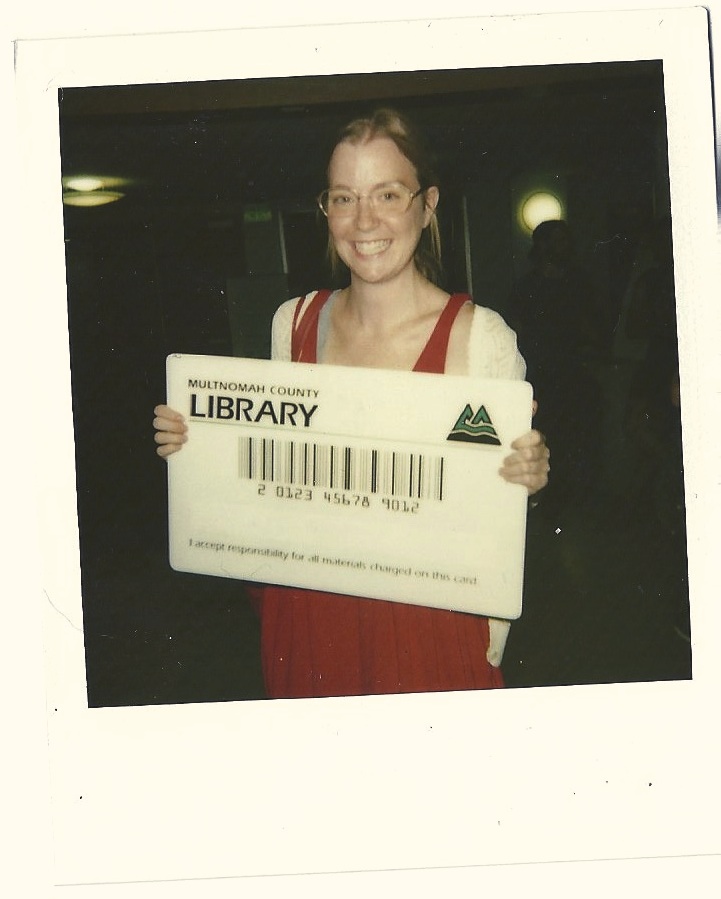 Long ago, Joe handed me a book and said “you’ll like this.” It was Katie Haegele’s
Long ago, Joe handed me a book and said “you’ll like this.” It was Katie Haegele’s 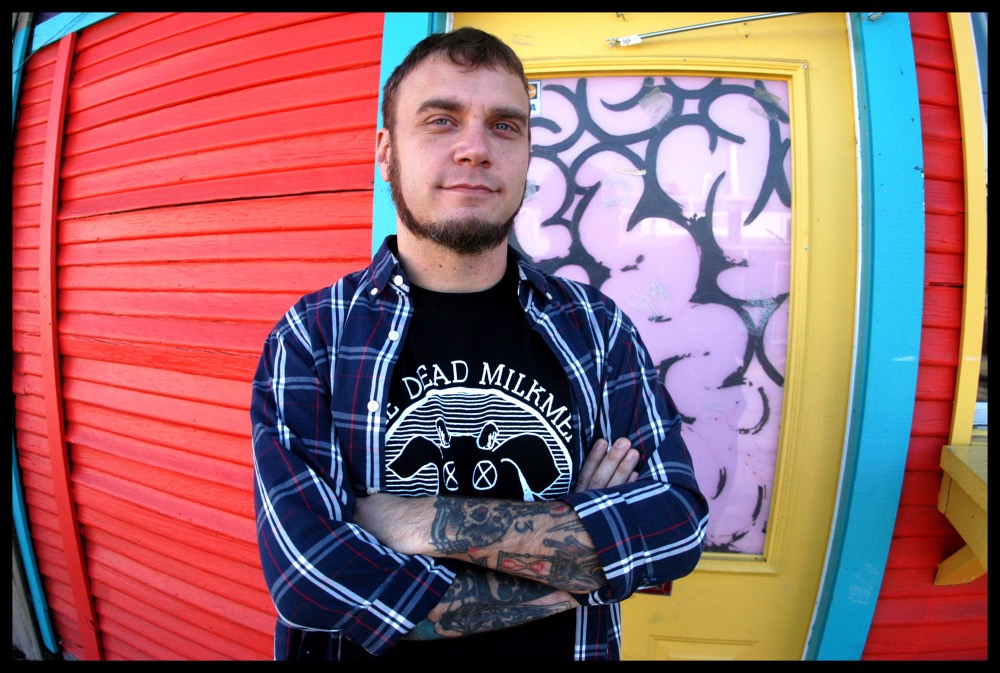 I’ve read my way through most of the Microcosm catalog, but there are some books that just never jumped out at me—most of them being either graphic novels or books about punk music, two genres that I’ve yet to get a handle on. But when I spent a week at home sick, trying to rest and relax, I decided to delve into the books on our list that I had deemed to be the least suited for my interests—Ben White’s
I’ve read my way through most of the Microcosm catalog, but there are some books that just never jumped out at me—most of them being either graphic novels or books about punk music, two genres that I’ve yet to get a handle on. But when I spent a week at home sick, trying to rest and relax, I decided to delve into the books on our list that I had deemed to be the least suited for my interests—Ben White’s 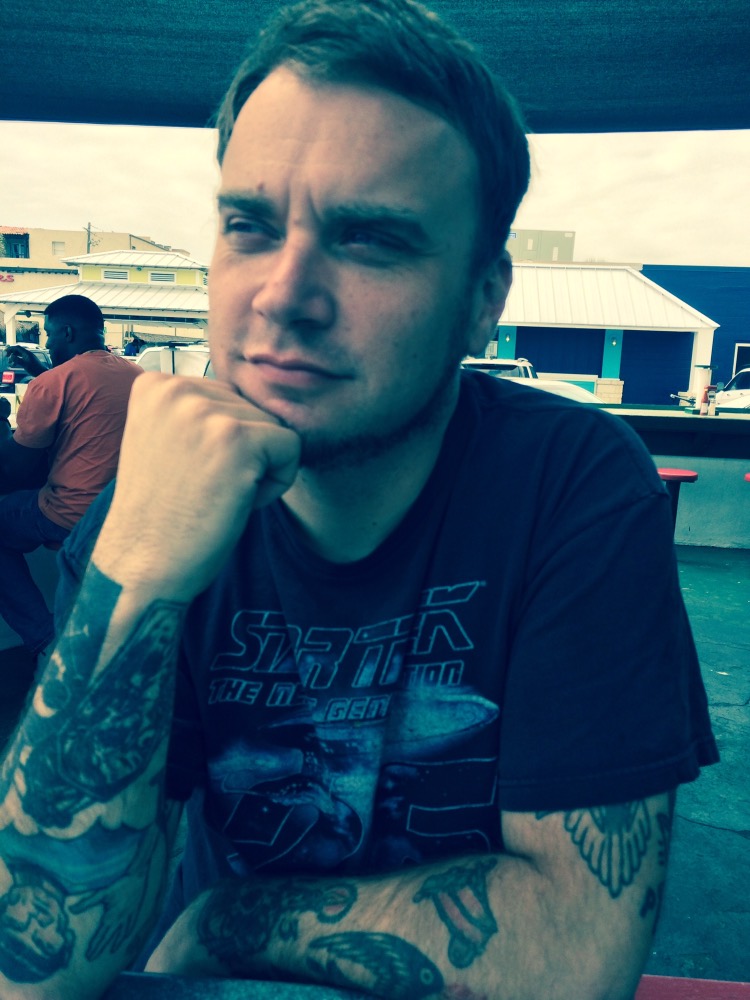 Your drawing style has evolved a lot since you started in 2001, and of course your life has changed, but even more than those things, the tone of the way you talk about yourself and your life is much different. How have your motivations for making the comic changed, and also do you get something different out of it now than you used to?
Your drawing style has evolved a lot since you started in 2001, and of course your life has changed, but even more than those things, the tone of the way you talk about yourself and your life is much different. How have your motivations for making the comic changed, and also do you get something different out of it now than you used to?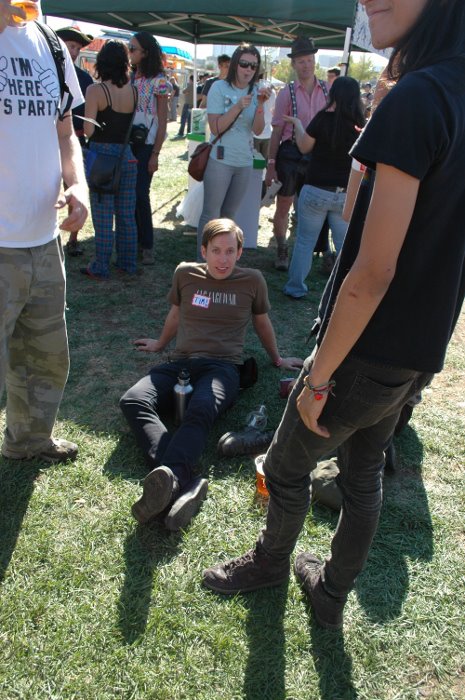 In my quest to introduce our workers to the world, I sent some prying questions this week to Tim Wheeler, who’s been running Microcosm’s publicity operation since 2012, when he worked from a tiny desk atop a lofted platform atop ten teetering feet of stacked boxes of books. Now you can find him behind a comparatively spacious desk upstairs in our new office, barricaded behind stacks of advance copies of books that haven’t come out yet. Read here for more about Tim in his own words—and you can also scope his taste in his staff picks
In my quest to introduce our workers to the world, I sent some prying questions this week to Tim Wheeler, who’s been running Microcosm’s publicity operation since 2012, when he worked from a tiny desk atop a lofted platform atop ten teetering feet of stacked boxes of books. Now you can find him behind a comparatively spacious desk upstairs in our new office, barricaded behind stacks of advance copies of books that haven’t come out yet. Read here for more about Tim in his own words—and you can also scope his taste in his staff picks 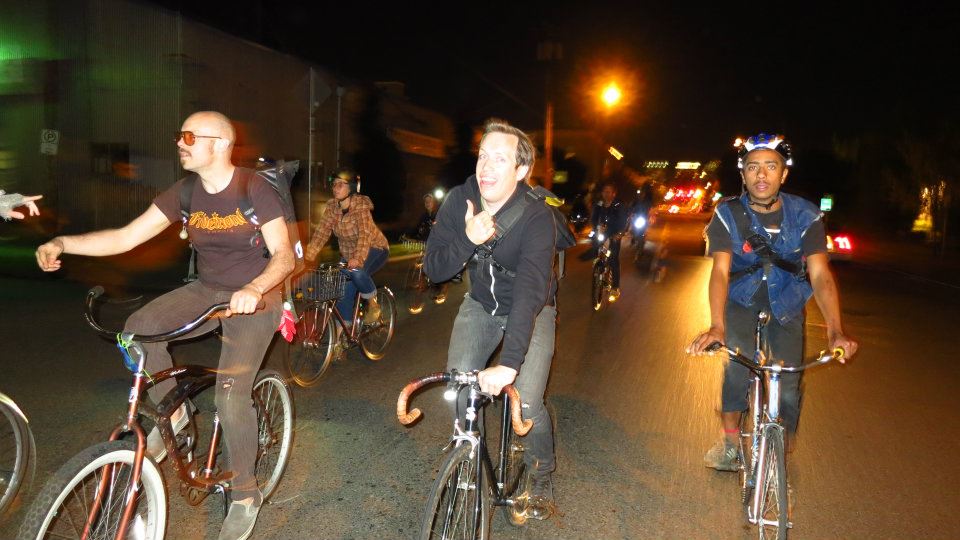 a) Place in Portland: I feel like I need to split this into two categories, since Portland is a pretty great city surrounded by a lot of amazing nature. My favorite outdoor space is the myriad of hidden beaches, rocky outcroppings, and tree lined spots along the Willamette and Columbia rivers, but my favorite is actually a little outside Portland. Hog Island is south of Portland on a stretch of river dominated mostly (and unfortunately) by private estates with “No Trespassing” signs on their docks, but Hog Island is a small, uninhabited island close to a sheer cliff on the west bank of the river. Accessible only by boat (or in the case of my friends and I, a homemade raft of scrap wood and metal pieces with my bike strapped to the side), it’s really just a football field sized chunk of dirt with some trees and sandy beaches, but it feels like you’re hundreds of miles from civilization while floating in the calm stretch of water next to it. As far as indoor spaces, Saraveza happens to be my neighborhood bar, one of the best beer bars in the country (which I’m very much a fan of), and full of some really damn friendly people. It’s the perfect spot to hang out for a bit on a rainy day.
a) Place in Portland: I feel like I need to split this into two categories, since Portland is a pretty great city surrounded by a lot of amazing nature. My favorite outdoor space is the myriad of hidden beaches, rocky outcroppings, and tree lined spots along the Willamette and Columbia rivers, but my favorite is actually a little outside Portland. Hog Island is south of Portland on a stretch of river dominated mostly (and unfortunately) by private estates with “No Trespassing” signs on their docks, but Hog Island is a small, uninhabited island close to a sheer cliff on the west bank of the river. Accessible only by boat (or in the case of my friends and I, a homemade raft of scrap wood and metal pieces with my bike strapped to the side), it’s really just a football field sized chunk of dirt with some trees and sandy beaches, but it feels like you’re hundreds of miles from civilization while floating in the calm stretch of water next to it. As far as indoor spaces, Saraveza happens to be my neighborhood bar, one of the best beer bars in the country (which I’m very much a fan of), and full of some really damn friendly people. It’s the perfect spot to hang out for a bit on a rainy day. 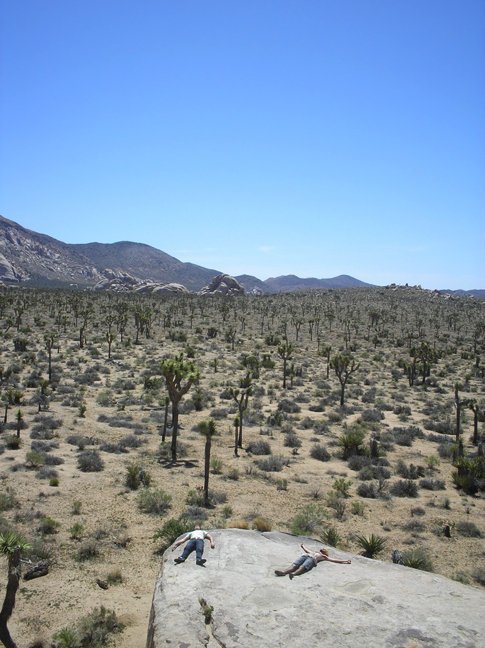 c) Snack food: My favorite foods are of the Mexican variety, but as far as snacks, I can endlessly shovel hummus into my mouth. All I need is a chunk of bread or cucumber or chip or finger.
c) Snack food: My favorite foods are of the Mexican variety, but as far as snacks, I can endlessly shovel hummus into my mouth. All I need is a chunk of bread or cucumber or chip or finger.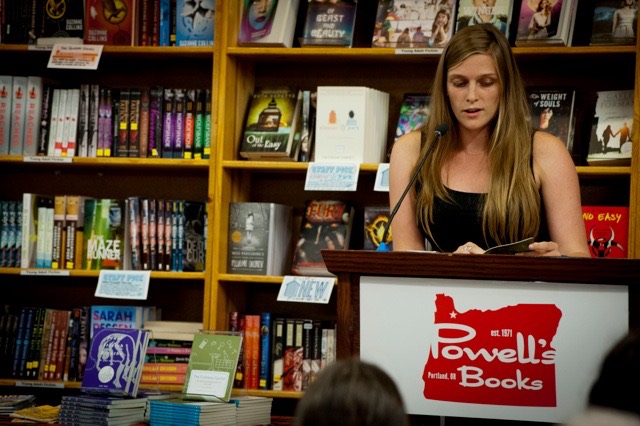 As I’ve been developing our
As I’ve been developing our 
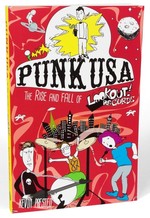
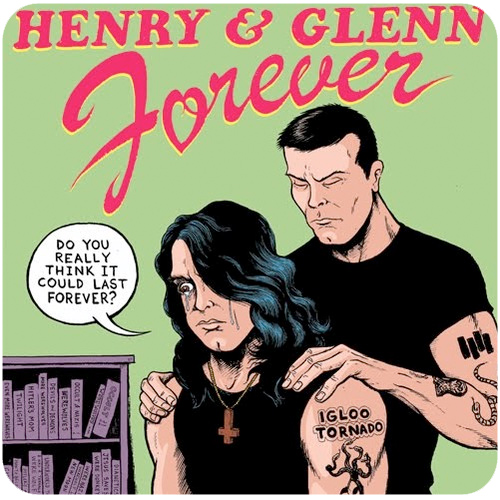

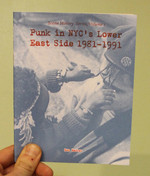
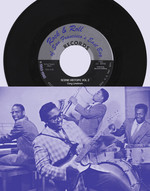




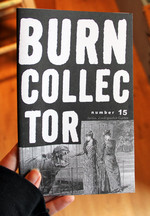
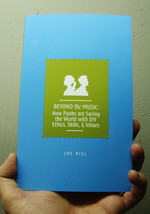
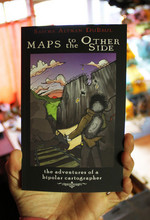
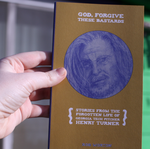


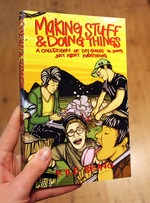
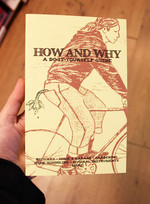

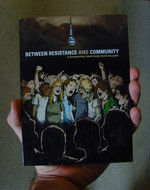


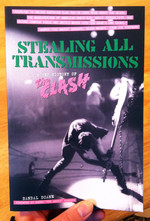



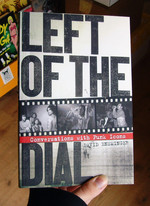
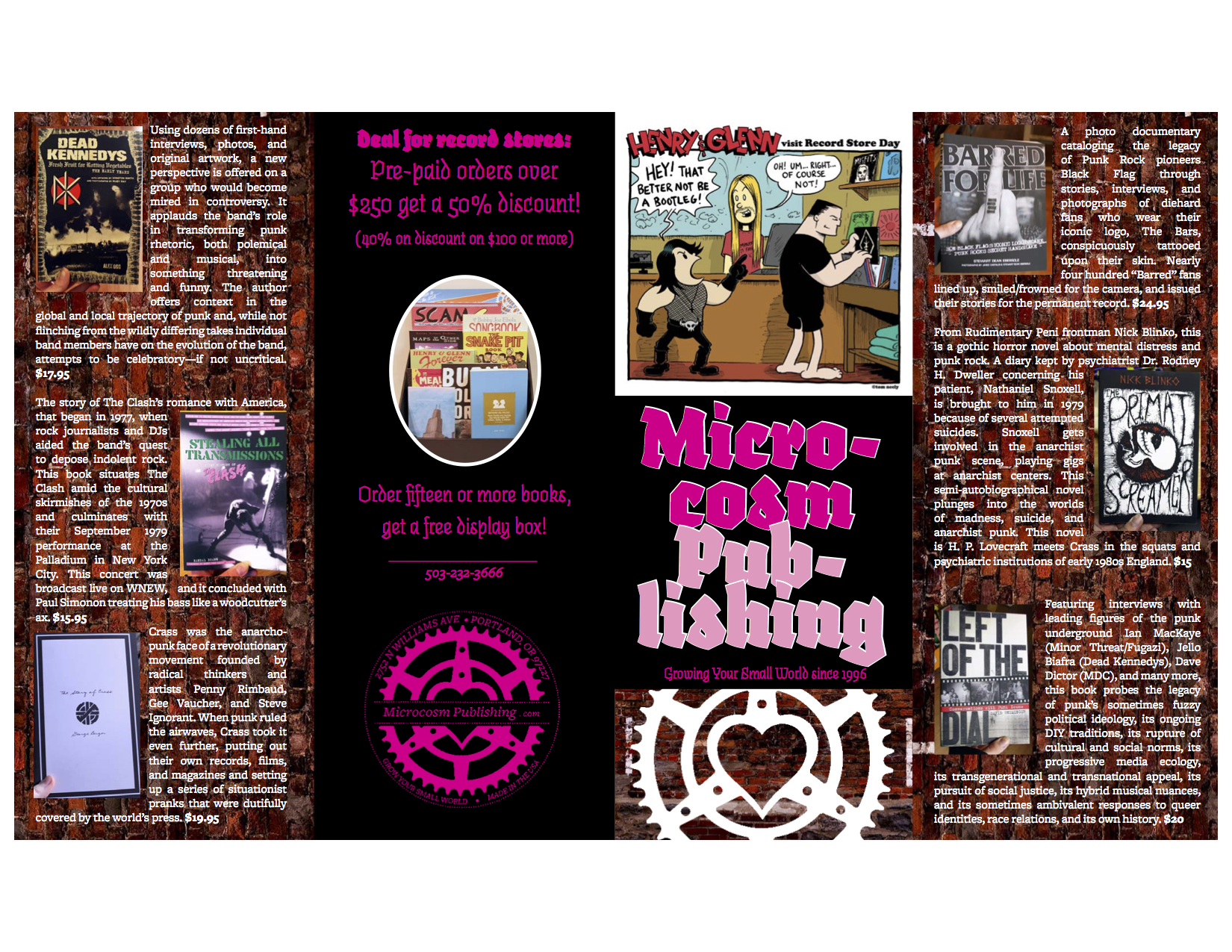
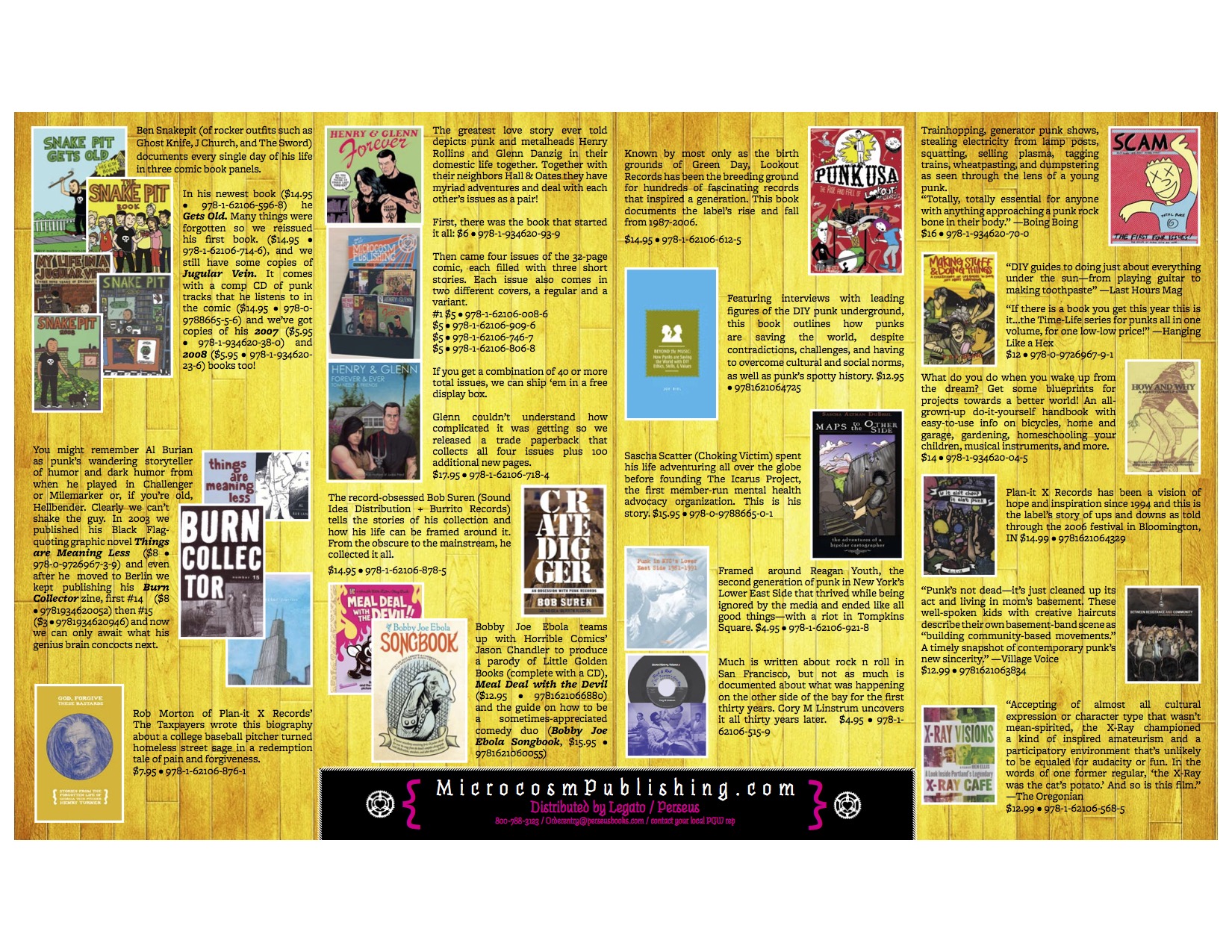
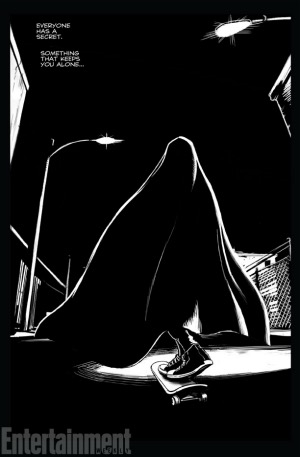 RMC is going monthly (turns out we’re all too busy producing media to consume enough of it to report on a weekly basis). So: here’s what we took in during the last month+.
RMC is going monthly (turns out we’re all too busy producing media to consume enough of it to report on a weekly basis). So: here’s what we took in during the last month+.